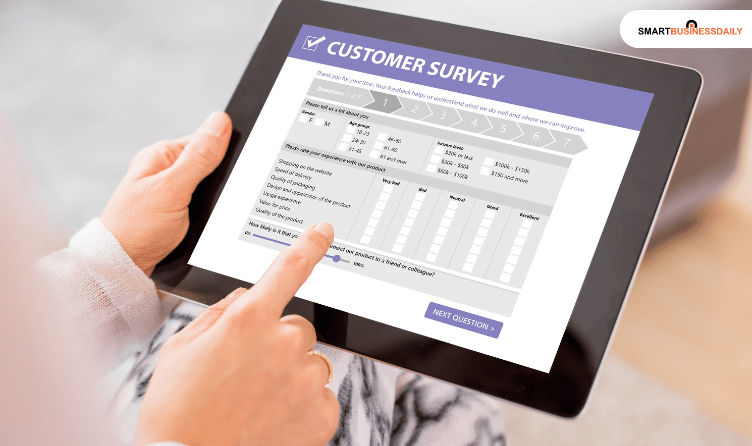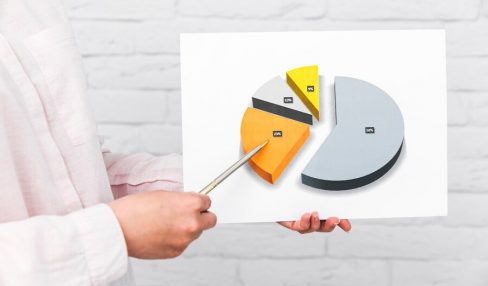How To Make Sure That Your Business Is Prospering?
5 Mins Read
Published on: 02 September 2021
Last Updated on: 21 November 2024

toc impalement
Is there a marker that will tell you if your business is prospering or not? Well, the answer is a yes and a no. Yes, there are technical markers that can tell you about the percentages of sales increased, the revenue, cost-cutting, etc.
However, business growth is a nuanced subject that requires an understanding of complex components. As an entrepreneur, you must understand what a growing business looks like and how to detect business growth.
This is where this article comes in.
The Aim is Long-Term Profitability
If your business isn’t profitable over the long term, is it profitable in the short term?
Look at it this way: say you’re running a remodeling agency where old properties are refurbished—if you’ve got a house you acquire for $50k, you spend $50k in remodeling, and you successfully sell it for $175k, you’re looking at $75k profit on that property prior taxes.
However, how long does it take you to get to that $75k?
If remodeling takes six months, involves only two people, and you’re able to sell the property in two months after you’re done, then between the two of you, you’re looking at $36.5k a piece prior taxes for that eight months, or $4,687.50 per person per month.
That’s not too bad.
However, if it takes you four years to get the same outcome, you’re each only making $781.25 per month—which isn’t great. However, if you’re doing four remodels simultaneously with essentially the same profit, you’re each at $3,125 a month.
Not quite as good, but also not bad. So profit can be variable depending on operational scope.
You’re looking for a business model that will sustain you and meet the needs of those who have depended on you for many years.
However, with many months between a job’s initiation and completion, making such determinations can take a while. Accordingly, here we’ll briefly cover five indicators to help you determine if you’re making money.
Assure You’ve Got Steady, Reliable Cashflow

If you’ve got $30k coming in every month but $40k going out, then you’re losing $120k a year—that’s not a winning proposition.
However, if you’ve got $30k coming in and only $20k going out, then you’re looking at $120k in profit. Now that $30k income is “gross.” The “net” is your profit after expenses; the link goes more in-depth on how cash flow works.
Cash flow should be regular, and you should always have more coming in than going out. However, determining accurate cash flow levels can sometimes take longer than expected.
Some business cycles are only a day, others a week, others a month, others a year, and the cycle could take a decade or more in financial markets. So, know cashflow cycles to determine where you’re doing well and have issues.
Conducting Employee And Customer Surveys

If you’ve got good cash flow, but employees and customers aren’t happy, you won’t keep that cash flow up long. As customers are essential for a business, customer services are also necessary!
You must ensure that those who work for you and those you serve have the highest satisfaction possible.
This will differ per business. People picking up garbage will have a low “ceiling” of satisfaction: they’re probably not going to be ecstatic.
Keep Careful Data About Daily Operations
Another great idea is using computer programs that collect statistics on operations at varying projects in the “field”—such as Field Pulse.
This program can help you have information available when you need to do some internal operational research.
Using Data To Make The Right Improvements Over Time

When you’ve got the correct data, improving operations becomes more straightforward. For example, you may find that contracting to a specific area of your town only allows you to break even.
Suddenly, you’re unable to profit. Accordingly, you’re just putting “wear and tear,” as it were, on your business. You might tighten your service area in such an instance.
High Demand And Statistically Solid Industry Projections

When high demand for your business and projections for your industry are solid, these are good indicators that your field is booming.
If the other factors on this list are positive, such indicators are additional means of determining whether your business is profitable. Such indicators are significantly predictive of long profit cycles.
Hiring The Right People
One of the foremost things you could do for business growth is hire the right people. Often, entrepreneurs believe hiring cheap resources is the way to increase their profit margin. However, this is different.
As an entrepreneur, you must understand that cheaper is not always the better. Therefore, you must strike a balance and find the right resource for the right price. Having a sense of semblance is very important.
Go for technically trained professionals. These professionals can genuinely help your business grow. Therefore, hiring the right professional is of seminal importance.
Reducing Risks
Risk is an unavoidable aspect of conducting a business. You can only really do big things if you take risks. However, as an entrepreneur, you must not take risks for the sake of taking risks.
Instead, you should actively avoid taking risks. It would help if you remembered that you are not responsible for your livelihood as an entrepreneur. You are also responsible for countless others as well. Therefore, you need to be very careful and take calculated risks.
Even if you are going for a rapid expansion, you must understand the real impact of taking risks.
The more risks you take, the rate of loss could be higher. Therefore, you need to reduce or minimize the risks taken. Otherwise, the wheels of motion could come to an early halt.
Setting Yourself Up For Sustainable Success In Business
High demand, statistically solid industry projections, using data to help you make improvements over time, keeping careful operational data from the field, conducting surveys of employees and clientele, and assuring you’ve got good cash flow represent five indicators that your business is prospering.
Different businesses tend to have indicators appropriate to their industry, so some may not directly apply to you. Still, each of the five things briefly outlined here will have some applicability to your operation.
Read More:


















Comments Are Closed For This Article